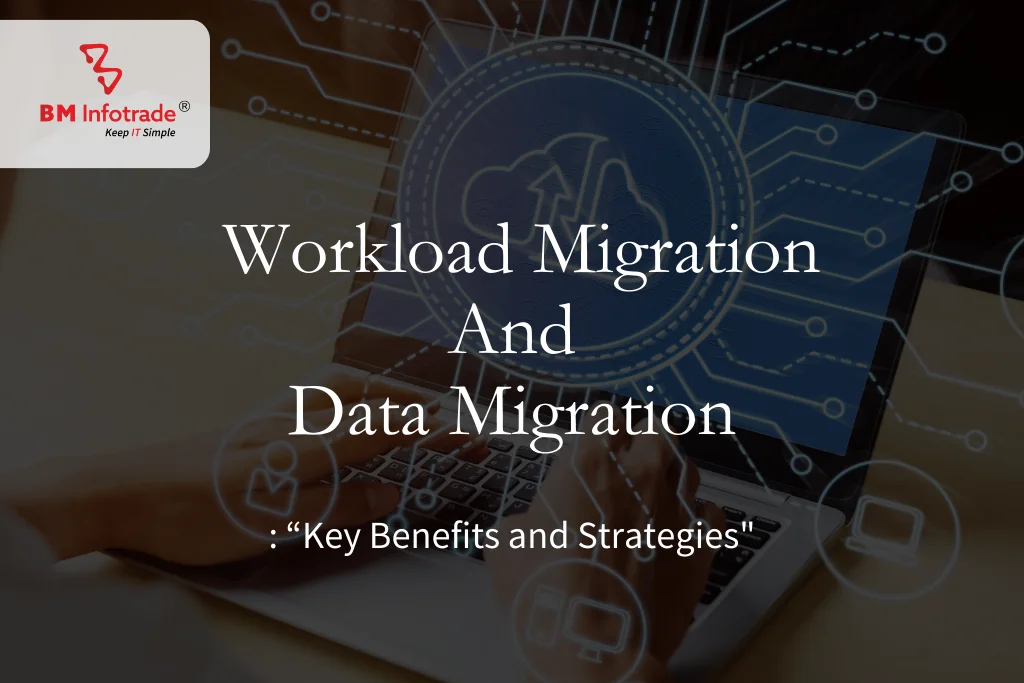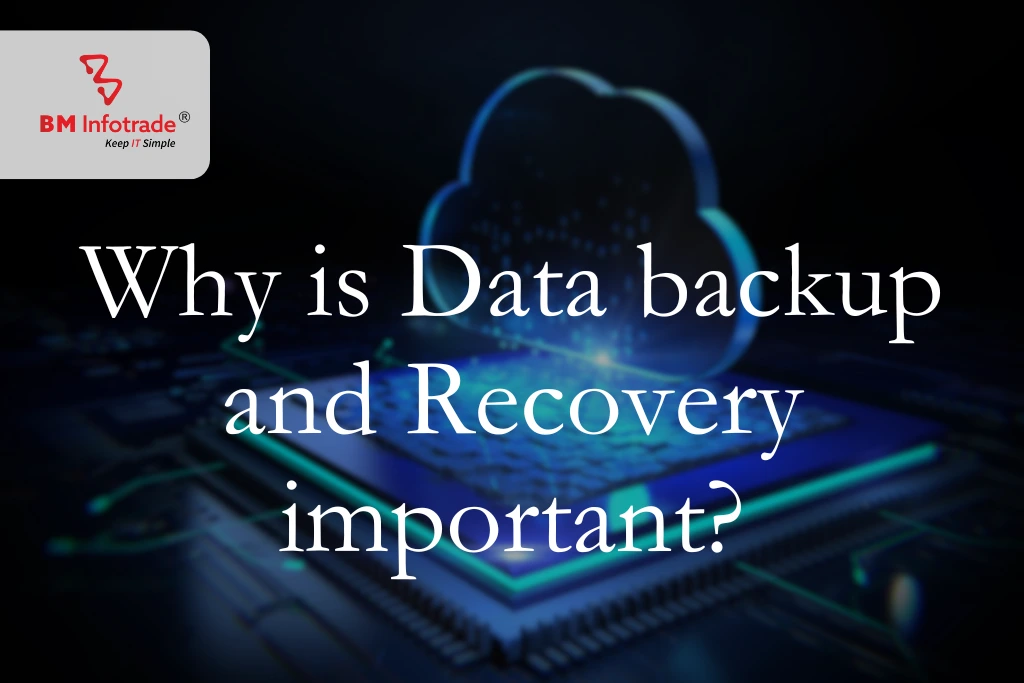Significance of workload Migration and Data Migration
Explore the significance of workload and data migration, focusing on their benefits and strategies for effective execution. Enhance your operations with smooth migration practices.

Significance of workload Migration and Data Migration
Table of Contents
The act of transferring a workload, usually a program or service, from one infrastructure environment to another, such as from an on-premises data center to a public cloud, from one cloud provider to another, or from the cloud back to on-premises infrastructure, is known as workload migration.
Businesses migrate to the cloud, transferring their databases, backup processes, and workloads to cloud providers for various reasons, including scalable infrastructure, global region placement, cost reduction, pay-per-use pricing, and cloud-native services not supported by existing infrastructure.
Read More : Which is more beneficial digitization vs digitalization, let’s find out.
-
-
-
What is the significance of workload migration and data migration?
1. Most people envision their organizations operating in a future state that is made up of cloud-based, containerized, microservices-based applications developed to run with DevOps techniques, frequently across multiple clouds.
2. Application modernization and enterprise cloud adoption are driven by the portability and migration of workloads.
3. Applications migration enables businesses to benefit from the features and cost-performance ratios of various cloud service providers.
4. The ability to migrate applications enables businesses to benefit from the features and price-performance ratios of various cloud providers.
5. Without workload migration, businesses risk being tied to a single cloud provider and subject to their terms of service, pricing, and performance standards.
How does workload migration operate?
1. Before beginning workload migration, organizations must make sure the staff members are qualified.
2. Since cloud providers operate very differently from on-premises data centers and local virtual machines, training and education on the new target environment should be taken into account to ensure services can be properly managed and applications will run without a hitch (VMs).
3. For both cloud-based and on-premises components to be completely secure, new security protocols must be adopted.
4. The compatibility of the source and target platforms and the choice of the best tools for the job have a significant impact on the speed and expense of migration efforts.
-
-

What are the advantages of shifting your workload?
Cost of Data and workload migration.
Workload migration to a cloud provider can lead to significant savings for organizations. Instead of expensive infrastructure purchases or upgrades, organizations pay for what they use. Cloud providers modernize their infrastructure, saving real estate and operational costs. They cover maintenance costs, allowing organizations to pay a stable monthly fee.
Workload balancing and scaleability
Cloud service providers make it easier to scale up and down in response to shifting demand and commercial considerations. Additionally, some businesses incorporate workload balancing techniques into their migration strategy, enabling load balancing between on-premises infrastructure and the cloud, between clouds, or between all of the aforementioned.
Security Organizations
Cloud providers are becoming more secure than on-premises infrastructure due to shared responsibility between providers and users. They must adhere to stringent physical security regulations and governmental requirements due to their multi-tenant nature. Cloud providers offer built-in security features like security analytics, routine updates, and cross-enterprise visibility.
Availability
Cloud-based workloads offer secure network access, making them crucial for digital transformation. Cloud-based backups can reduce recovery point and time objectives after data loss or failure, speeding up restores and reducing recovery time.
Modernization
A cloud-native approach to development and deployment is taken by organizations that want to modernize their applications with micro services and APIs. Businesses that take advantage of application modernization are more likely to retain both because modern, containerized applications are created, deployed, and improved in the cloud.
Read More : How cyber security works and the cost of cyber security.
Conclusion
Data migration gives us the ability to combine all of our data into a single storage system, like a cloud data warehouse. There are many reasons why businesses migrate their data. They might have to redesign the whole thing, update the databases, build a new data warehouse, or combine new data from an acquisition or another source.







Anshul Goyal
Group BDM at B M Infotrade | 11+ years Experience | Business Consultancy | Providing solutions in Cyber Security, Data Analytics, Cloud Computing, Digitization, Data and AI | IT Sales Leader